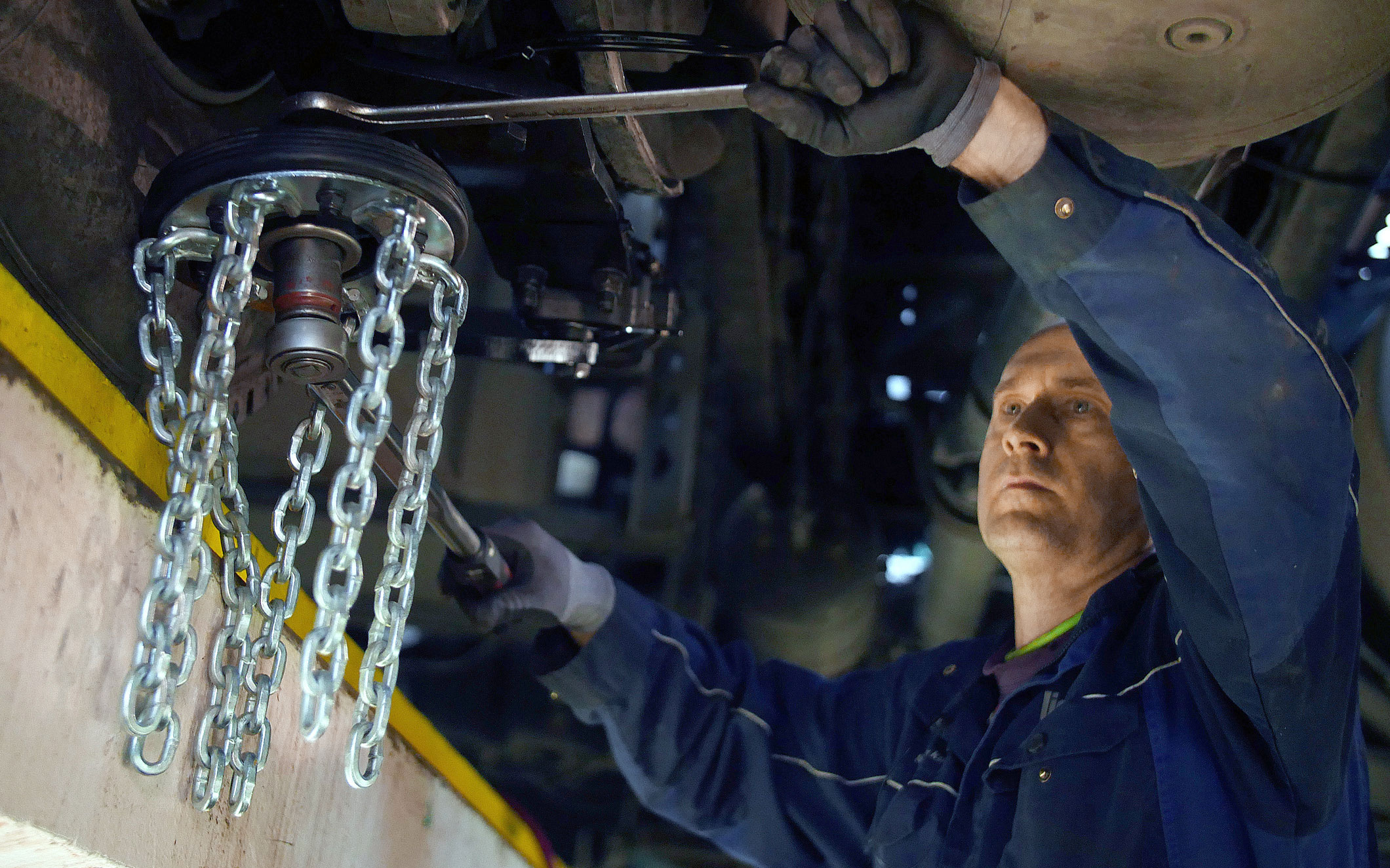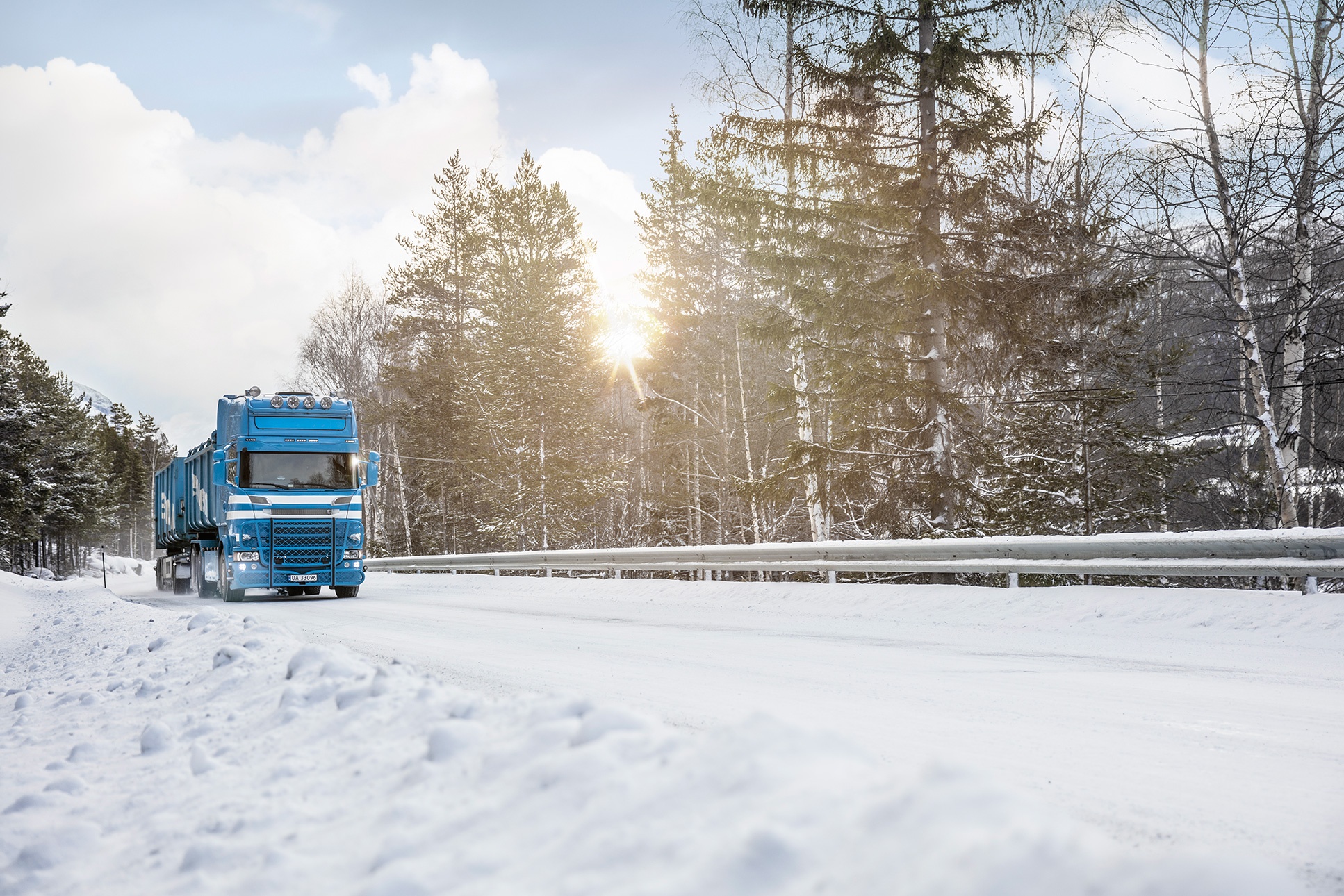We should pay special attention to bridges and overpasses when driving in temperatures around freezing point. We’ve learnt that bridges may be icy while the road isn’t, and that’s all we need to know to for safety reasons. But, giving it a second thought, how could the bridge be icy when the road isn’t? Here’s why.
Happy New Year!
Onspot International, December 31, 2016
Keeping students safe – Five modern school bus technologies to consider for your fleet
Eric Jones, December 23, 2016
Note to you, the blog reader outside the USA! In North America the yellow school busses are a very important part of the society. They are getting a lot more attention than the equivalent school busses in Europe for example. Here you´ll find a blog post made especially for North America. It is always interesting to learn how things develop around the world. Maybe, we can learn something from each other. We believe that you will find this information interesting even though you live outside the North America.
The classic school bus may look similar to those on the road for decades, but major technology changes are increasing student safety. We have assembled a list of five technologies that you may not have heard about that can improve fleet performance and student wellbeing.
Which is the grand potential for reducing response time?
Boel Haglund, December 16, 2016
Every single rescue operation is about minimizing damage and ultimately saving lives, and hopefully, every single driver strives to reduce response time. For the rescue driver, with his specific knowledge and experience, it’s natural to reflect upon the matter from a local perspective. But, if we look at it from a general perspective; how many operations are there actually that may have response time reduced? Let’s have a look at some numbers.
Icy road basics for safe driving
Eric Jones, December 9, 2016
What is traction, friction and road grip?
Ulrik Andersson, November 29, 2016
Whether driving a small go-kart or a heavy hauler, you must have traction to move forward. Actually, you can’t even walk without it. Traction is a commonly used word and many believe it’s just another word for friction. But is it really? Let’s have a closer look at friction and traction – what it is and why it’s so fundamental to safe driving.
We all know the feeling when tyres lose grip and the vehicle starts skidding. Controlled skidding in a go-kart could be fun, but a heavy vehicle unexpectedly skidding on a road could cause a very dangerous situation. The skidding is due to the vehicle losing road grip and obviously, this has to do with tyres and road surface.
What is black ice and how do I discover it?
Boel Haglund, November 16, 2016
Black ice on the road is rightly considered very dangerous when driving. Still, many drivers are not watchful enough in weather conditions where there is the risk of black ice. But, what is this black ice – and what should I know about it?
No, it’s not black
Typically, black ice is invisible. It’s a thin coating of glaze ice on the road surface. Since it’s thin and transparent, the black road surface is clearly seen through it, and that is why it’s called black ice.
But, it’s dangerous
The typically low levels of noticeable ice pellets, snow, or sleet surrounding black ice means that areas of the ice are often practically invisible to drivers. Accordingly, the driver is not prepared for the slippery road area, and there is a risk of unexpected loss of traction. This in turn may result in a subsequent accident.
Black ice sometimes forms from super-cooled rain which freezes into ice and constitutes a particular risk to winter traffic because it is extremely slippery and hard to spot. The temperature may be above freezing but the road surface may still be slippery.
The road surface can be well below freezing temperature – while the vehicle thermometer suggests it is not freezing.
This is how you discover black ice
What to do when waking up to slippery road conditions?
Ulrik Andersson, November 10, 2016
Early November, just a few degrees below the freezing point. Strong wind and the first snow has been fallen since the night and it has started piling up. It´s time to go to work and start your scheduled route throughout the city.
These first days with ice, snow and slippery conditions are always interesting. Everyone seems surprised about the rough conditions and you have to be prepared and drive more intelligent. Watch out for the extra slippery junctions and roundabouts where the thin layer of ice is polished by other vehicles to an even more slippery surface. Be sure to have enough space in front of you to be able to stop before hitting someone or something.
How to keep your Onspots working properly
Ulrik Andersson, November 2, 2016
As soon as your day starts, habits are put in place and follow each other. From the alarm clock that rings in the morning, the daily work missions, to the evening trip back home.
Are others habits / routines present in your work day? Let's look more closely at the advantage and the inconvenience of these habits.
How to compare Automatic Snow Chains with the alternatives
Eric Jones, October 25, 2016
Get a grip – one way or another
Yes, you need traction when driving. Losing traction and getting stuck could cause stressful delays, possibly with serious consequences. Find out what different methods there are to increase traction below.

.jpg)
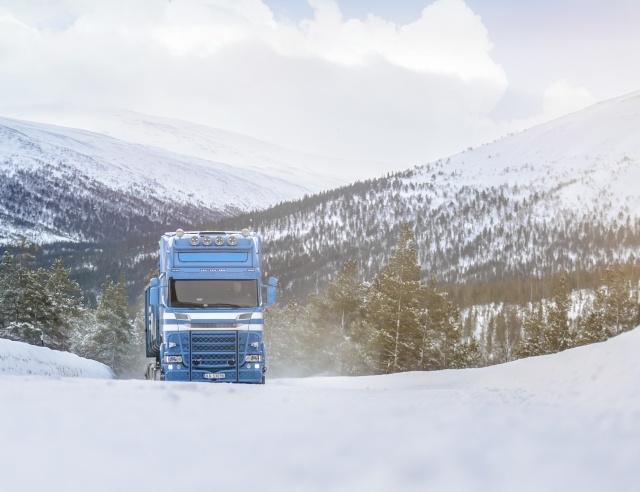
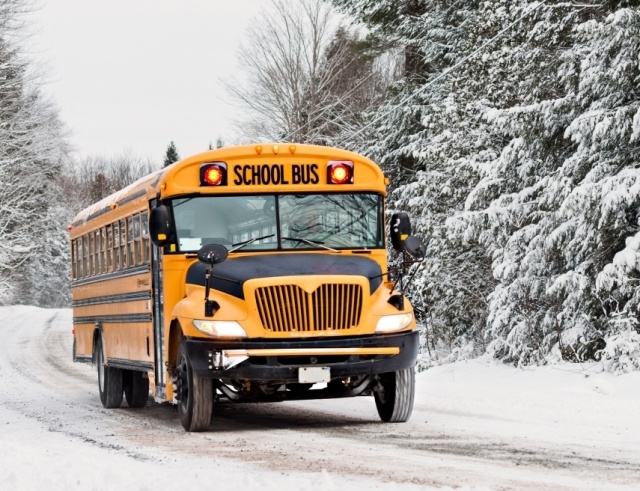
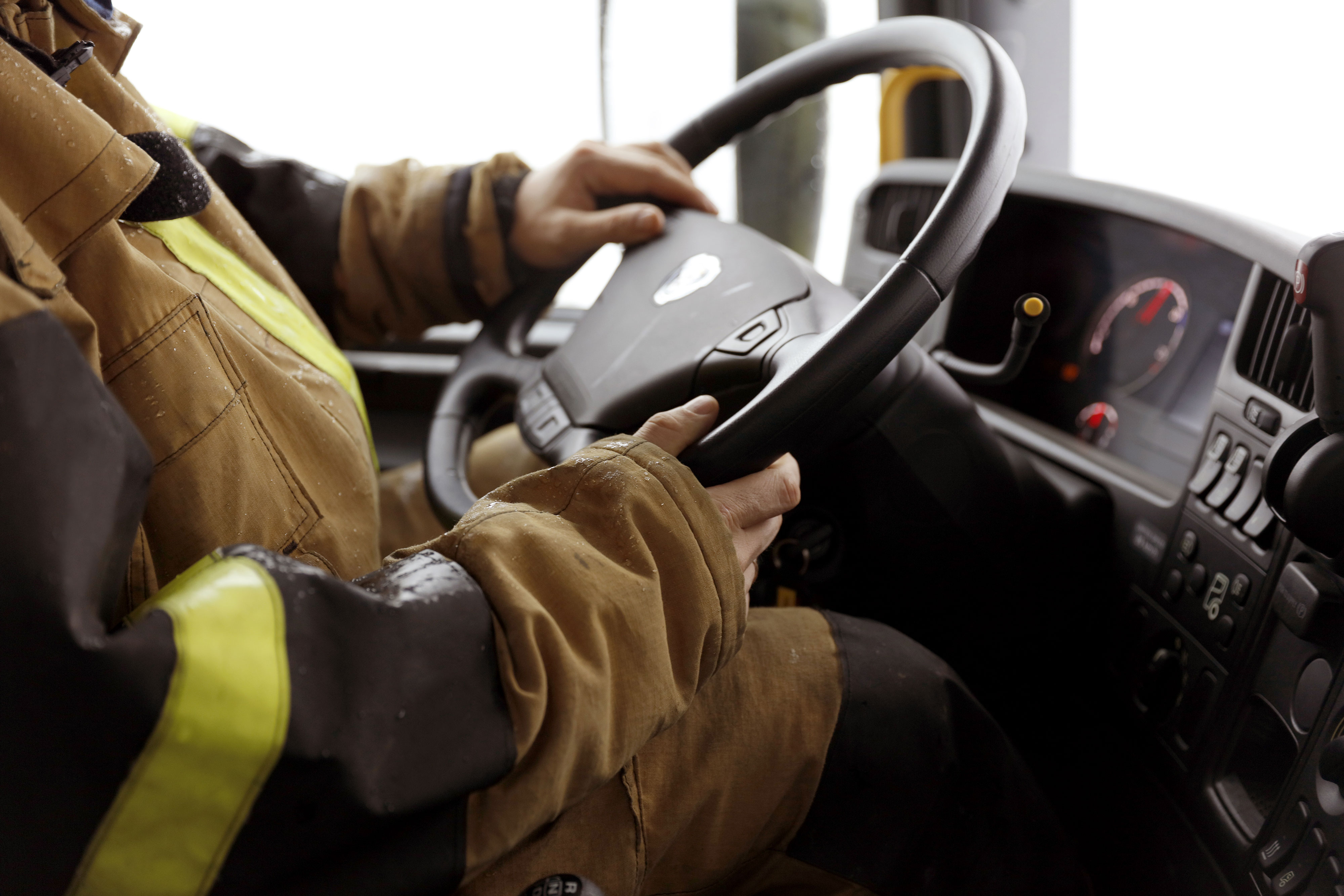
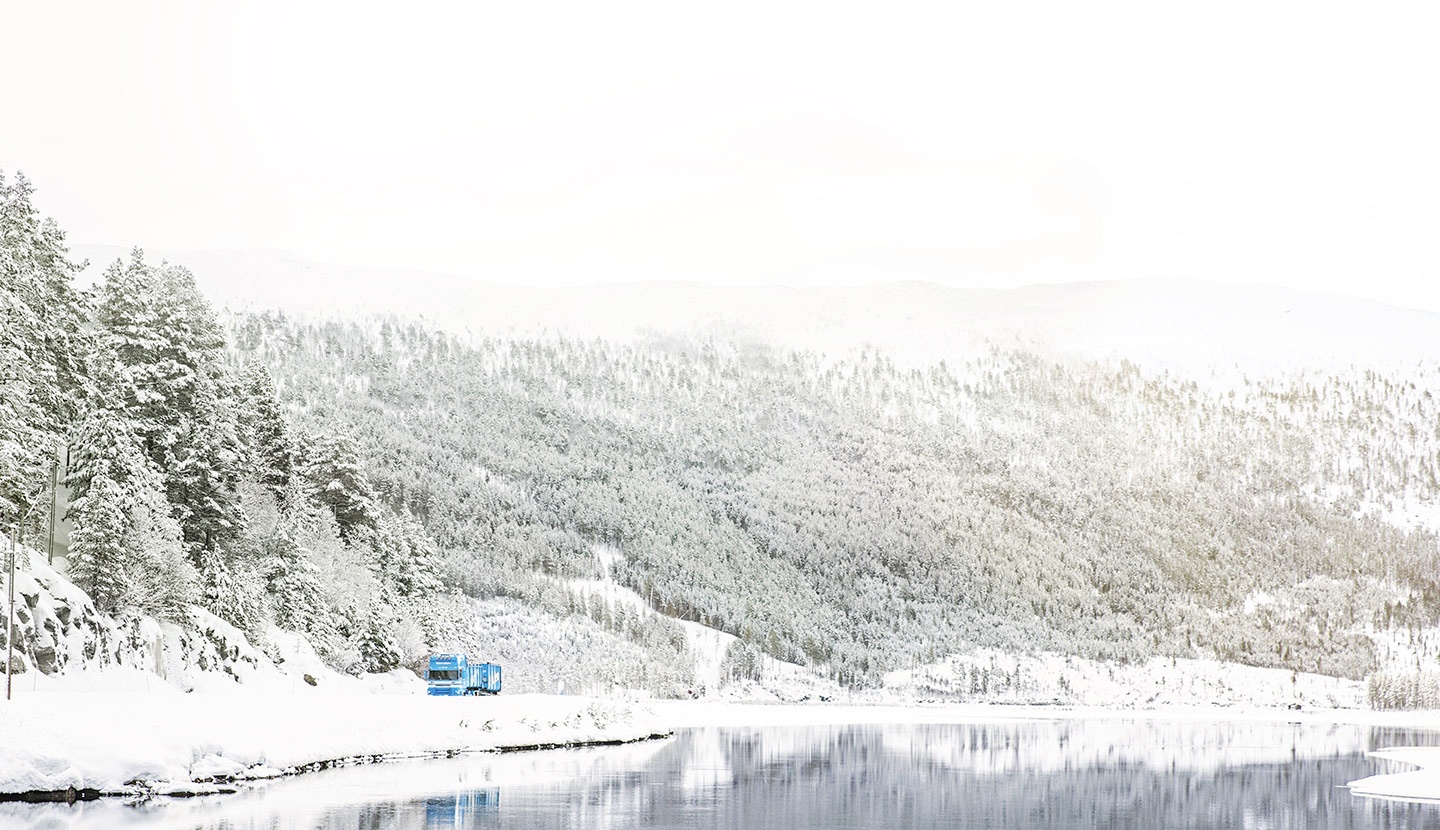
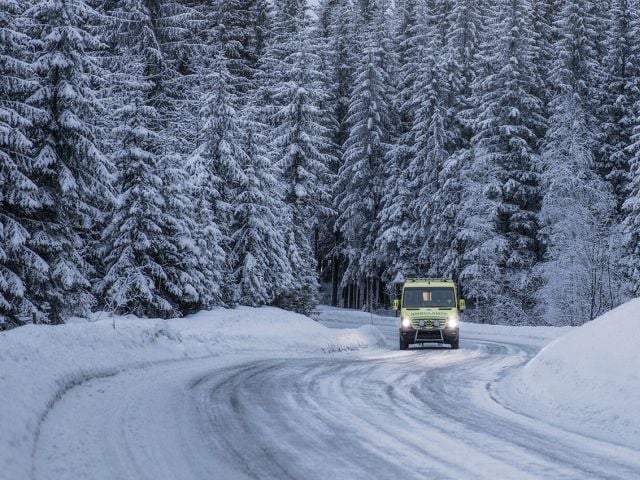

.jpg)
